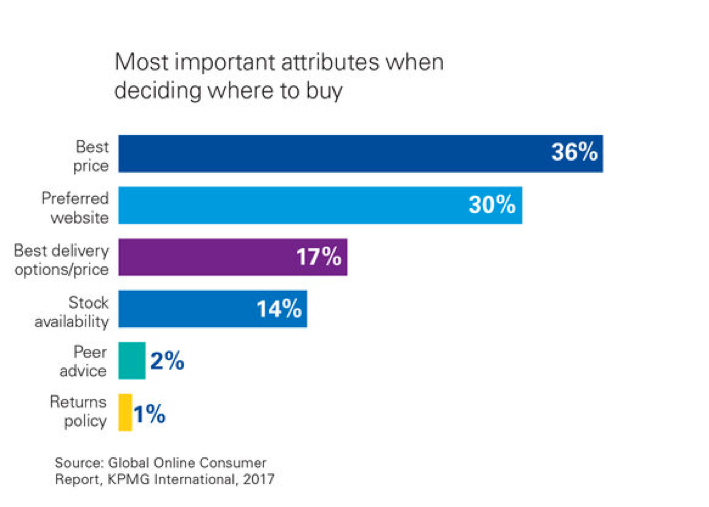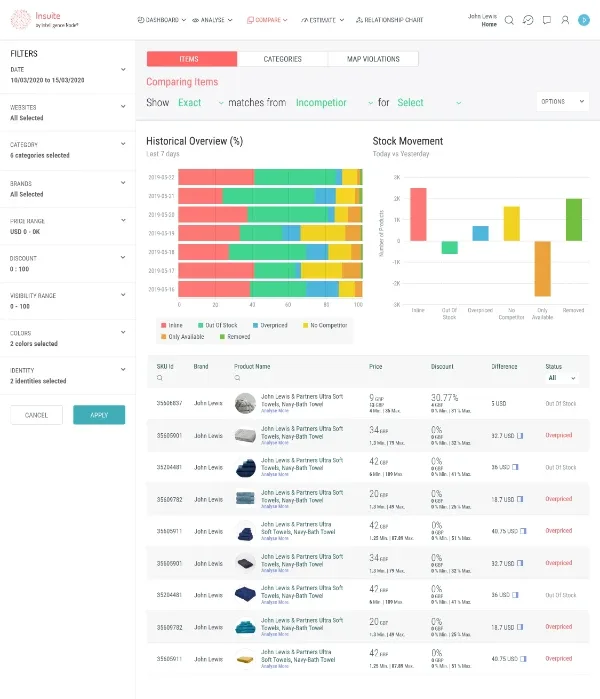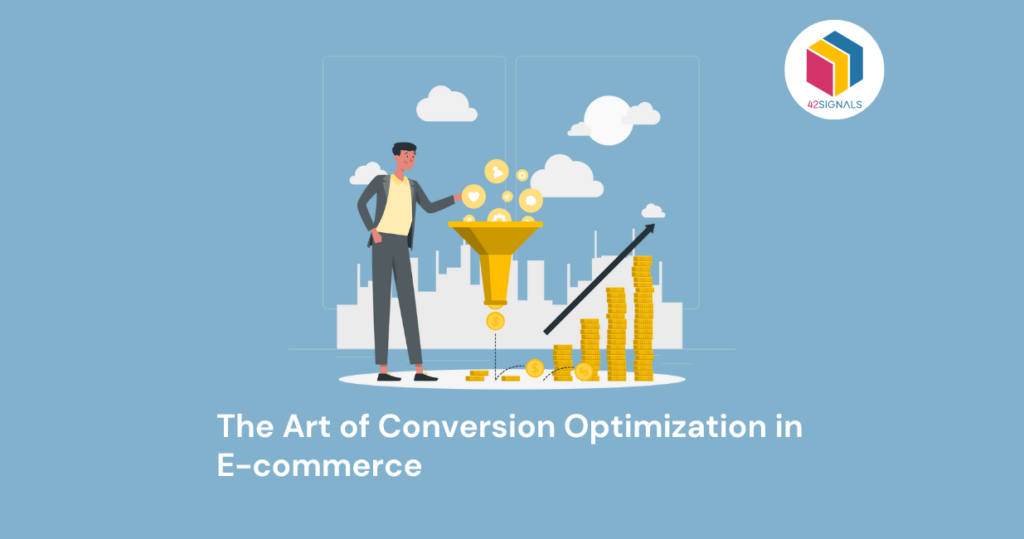One critical aspect of staying ahead in today’s market is competitor price monitoring – a strategy that allows businesses to stay competitive and make informed pricing decisions. This article explores the essential tools and skills required to effectively monitor competitor pricing, ensuring your business remains at the forefront of its market.

Source: Pricing Bot
To effectively implement a competitor price monitoring strategy, businesses need access to advanced tools and resources that can automate data collection and analysis processes. These tools typically include web scraping software, which extracts pricing information from competitors’ websites; automated email parsing solutions, which analyze incoming emails containing price updates; and customized dashboards, which visualize real-time pricing trends and comparisons.
However, having access to sophisticated tools alone is not enough to ensure successful competitor price monitoring. Businesses must also develop specific skill sets among their teams to maximize the value derived from these tools.
Key Skills for Effective Price Monitoring
- Data Analysis: Effective price monitoring requires a deep understanding of statistical methods, data visualization techniques, and predictive modeling. Team members should be able to interpret complex datasets, identify patterns and correlations, and communicate insights clearly to stakeholders. They may benefit from training in statistics, machine learning, and related fields.
- Market Research: To accurately assess competitors’ pricing strategies, team members must have strong research capabilities, including internet search skills, social media listening, and industry knowledge. Familiarity with primary and secondary research methodologies, as well as survey design and implementation, will help inform more accurate pricing analyses.
- Strategic Thinking: Successful competitor monitoring necessitates a long-term perspective and the ability to anticipate future market conditions. Teams should be adept at scenario planning, forecasting, and game theory, allowing them to devise effective countermeasures against potential threats and capitalize on emerging opportunities.
- Communication and Collaboration: Price monitoring efforts often involve cross-functional collaboration between sales, marketing, finance, and product development departments. As such, team members must possess excellent communication skills and the ability to work closely with colleagues across various disciplines. Facilitating open dialogue, sharing best practices, and fostering interdepartmental cooperation are all vital components of a successful price monitoring program.
- Change Management: Implementing new pricing strategies based on competitor intelligence frequently entails significant organizational change. Employees throughout the company must understand the rationale behind new pricing initiatives, how they align with overall corporate objectives, and what steps they need to take to support their success. Strong leadership, clear vision, and consistent messaging are key to managing change effectively during a transition period.
- Ethical Considerations: Monitoring competitors’ pricing activities raises ethical questions regarding fair competition, intellectual property rights, and data privacy. Companies must establish guidelines around acceptable behavior when collecting and using competitor pricing data, ensuring compliance with relevant laws and regulations while maintaining good relationships within their industries.
Why Competitor Price Monitoring is Crucial
Competitor price monitoring is an integral part of strategic pricing. It involves continuously analyzing competitors’ prices to make informed decisions about your own pricing strategy. This approach is vital for several reasons:
- Maintaining a Competitive Edge: Understanding the pricing landscape helps businesses stay competitive. By monitoring how competitors price their products or services, companies can adjust their pricing strategies to attract and retain customers.
- Maximizing Profit Margins: Effective price monitoring enables businesses to optimize their pricing. It ensures prices are not too high to lose customers or too low to erode profit margins.
- Responding to Market Changes: In dynamic markets, consumer preferences and competitor pricing strategies can change rapidly. Regular monitoring allows businesses to respond quickly and effectively.
- Detecting MAP Violations: For manufacturers and brands, monitoring helps in detecting MAP violations by retailers. Ensuring that retailers adhere to MAP agreements is crucial for maintaining brand value and market positioning. Violations can lead to price wars, eroding brand value and profitability.
Essential Software Tools
The effectiveness of price monitoring hinges on the tools used. Key software includes:

Image Source: Dealavo
- Web Scraping Tools: Tools like Octoparse or Import.io can automate the extraction of pricing data from competitor websites. And, web scraping services like PromptCloud can help with large-scale data extraction.
- Data Analysis Software: Analytical tools such as Tableau or Microsoft Power BI help in making sense of the data collected, allowing for strategic pricing decisions.
- MAP Monitoring Solutions: Software specifically designed for MAP monitoring can alert businesses to violations in real time, enabling swift action.
In Summary
Competitor price monitoring, including MAP violation monitoring, is essential in the modern business landscape. It empowers businesses to make data-driven decisions, ensuring they remain competitive, profitable, and in line with market dynamics. Embracing the right mix of tools and skills is the first step towards a successful pricing strategy.
At 42Signals, we understand the critical importance of this aspect. That’s why we’ve developed a robust MAP monitoring solution, designed to help businesses effortlessly track and enforce MAP policies. Our solution simplifies the complex process of monitoring MAP violations across various retailers and platforms, ensuring that your brand value and market positioning are protected.
Get in touch with us at sales@42signals.com to help you with your competitor data needs.





